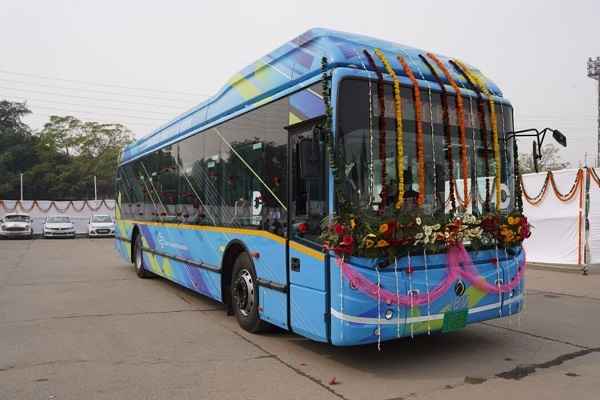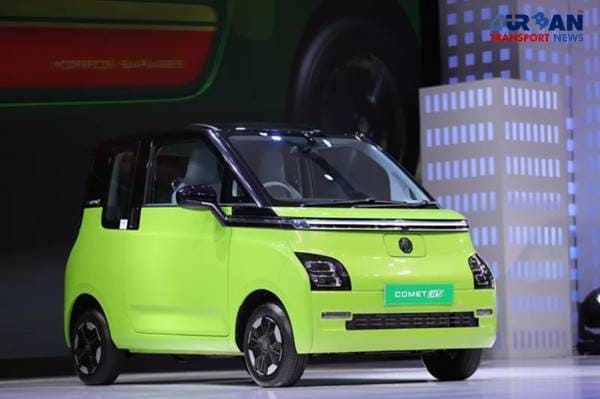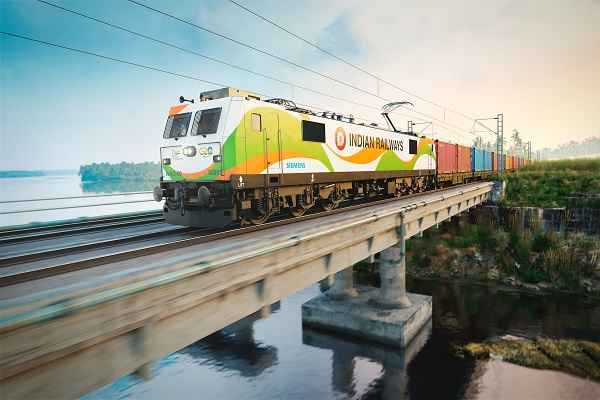 171 Years of Indian Railways: A History of Innovation and Progress
171 Years of Indian Railways: A History of Innovation and Progress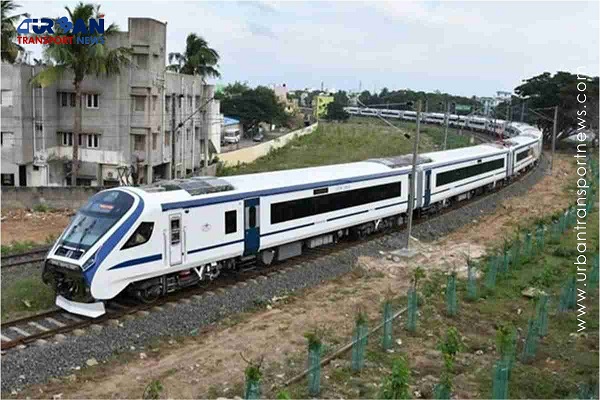 Vande Bharat Express trains carries over two crore passengers since their inception
Vande Bharat Express trains carries over two crore passengers since their inception BPCL partners with Noida International Airport to construct ATF Pipeline
BPCL partners with Noida International Airport to construct ATF Pipeline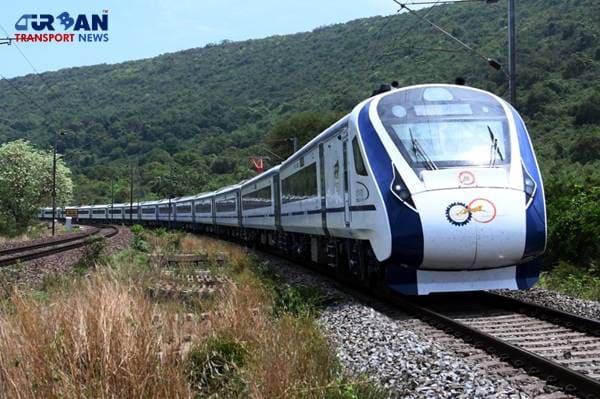 What are the Railway Development Plans in BJP's Manifesto for 2024-2029?
What are the Railway Development Plans in BJP's Manifesto for 2024-2029?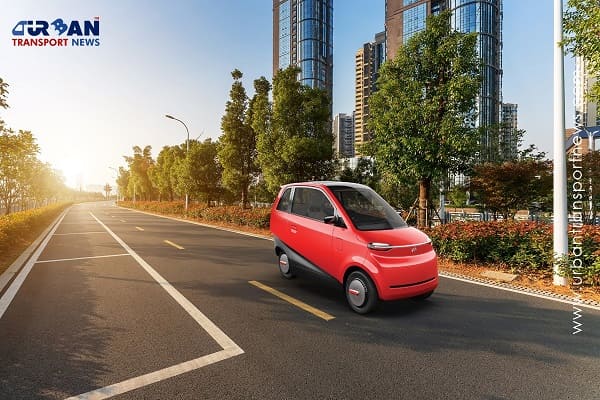 Latest innovations shaping the urban mobility sector across the globe
Latest innovations shaping the urban mobility sector across the globe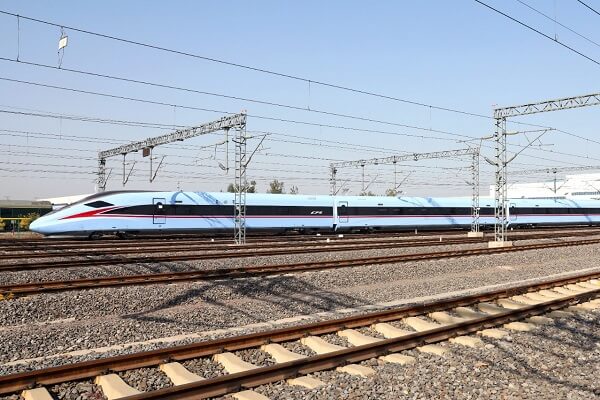 California issues RfP for procurement of High Speed Bullet Trains
California issues RfP for procurement of High Speed Bullet Trains ONCF floated global construction tenders for Kénitra - Marrakech High Speed Rail
ONCF floated global construction tenders for Kénitra - Marrakech High Speed Rail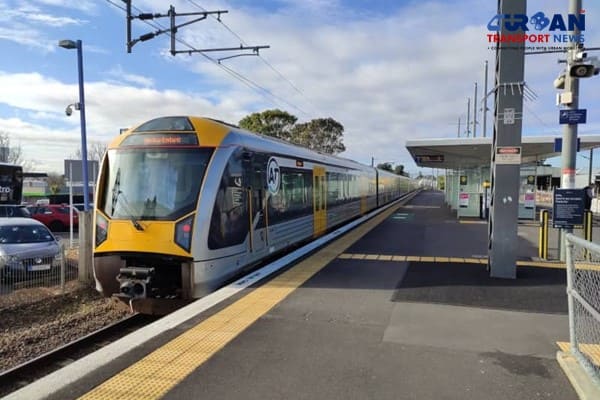 Six firms bags £4 Billion Train Control Systems contract from Network Rail
Six firms bags £4 Billion Train Control Systems contract from Network Rail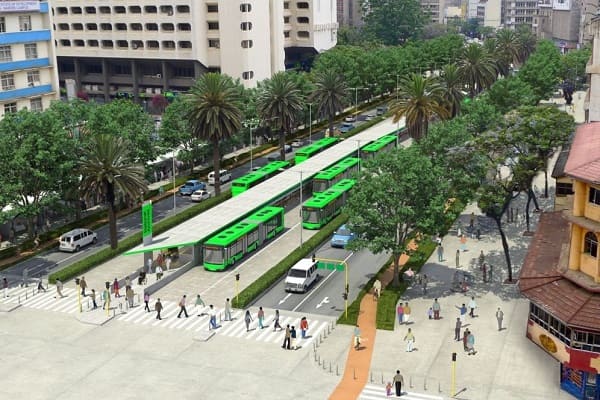 Electrifying Change: India's Path to Sustainable Urban Mobility
Electrifying Change: India's Path to Sustainable Urban Mobility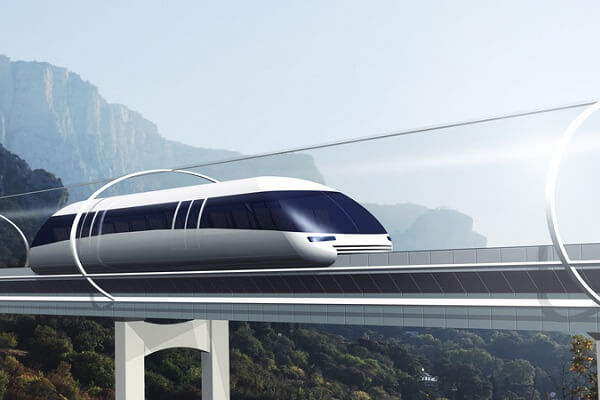 China's T-Flight Hyperloop Train Sets New Speed Record, Tested at 623 kph
China's T-Flight Hyperloop Train Sets New Speed Record, Tested at 623 kph
EV financing: Accelerating Electric Vehicles adoption in India
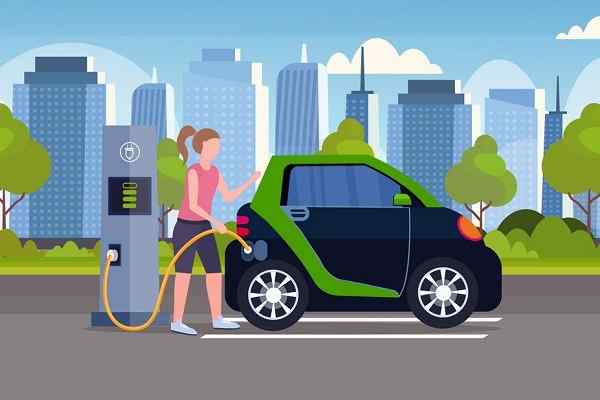
India has been accelerating its transition to electric vehicles over the last couple of years. This growth has been backed by supportive policies by the Indian government, including FAME II subsidies, state government subsidies, and PLI schemes (18,000 Cr.) for battery manufacturing. However, there is one key bottleneck in this journey to accelerate EV uptake in India: Financing.
According to a report by RMI India, India will require at least 19.7 lakh crores of INR (266 billion) for its EV transition between 2020 and 2030. These funds are needed on various fronts, including charging infrastructure, batteries, manufacturing, and vehicles. The size of the annual EV financing opportunity is pegged at 3.7 lakh crores of INR by 2030.
Today, consumers looking to purchase an EV face a wide range of challenges, including but not limited to high insurance rates, high-interest rates, limited financing options, a high turnaround time (TAT), and low loan-to-value (LTV) ratios. Banks and NBFCs currently hesitate to finance EVs due to product risk in addition to credit risk and the lack of a second-hand market for electric vehicles. It is important to address these challenges since a considerable quantity of capital is required to fund the country’s EV future.
Considering the increased focus on green mobility and India’s target to be net zero by 2070, we would need to create a framework that touches on financial inclusion and economic flexibility and come up with innovative financing mechanisms to get us there.
The Need for Mobilizing EV Finance in India
The Reserve Bank of India’s Priority Sector Lending (PSL) guidelines require scheduled banks to allocate 40% of their total books to sectors of national priority. Including EVs as a priority sector has the potential to enhance financing for this credit-deficient sector and formalize EVs in the financial system.
Low-cost financing is a key barrier, and improving access to attractive financing solutions can be critical to driving EV demand in India, as financing is a key enabler. If we apply a bottom-up approach, the electric commercial vehicle segment (L3-L5) has seen most new vehicle registrations on Vahan, after E2Ws, with e-mobility providing the best opportunity on a cost/per cost basis as EVs have a lower cost of operation compared to ICE vehicles, and because commercial vehicles are used for income generation rather than leisure, access to credit will first reach this segment. It has created a need for financial institutions, including NBFCs and fintech companies, to offer tailored EV financing solutions based on use cases and other segments.
To encourage FIs and increase participation from lenders in the EV market, NITI Aayog, along with the World Bank, is setting up a $300 million first-loss risk-sharing instrument that will partly cover losses associated with EV loans. It will be a guarantee and hedging mechanism for lenders in case there is a payment delay on EV loans, effectively acting like a credit default swap.
The program will help reduce the cost of EV financing by up to 12%, resulting in up to 1.5 billion USD in capital mobilization and encouraging more lenders to participate in the ecosystem.
The Way Forward
The EV industry in India has been slow to pick up despite the market’s potential and the employment prospects it could provide. Based on socioeconomic potential, job potential, stakeholder acceptance, techno-economic viability, and scalability, among other factors, the RBI may take into account a wide range of use cases across EV categories, as suggested by the aforementioned RMI report. The PSL also gives electric commercial vehicles (including 2Ws, 3Ws, and 4Ws) more priority.
Commercial vehicles, which are assets that generate cash, could be the key to opening up the Indian market to EVs. Opportunities for businesses like e-commerce and logistics firms will expand dramatically as the EV finance industry develops, allowing them to scale at a lower cost. Because EV fleets have far lower TCOs than ICE fleets, they can attract consumers who are considering making the switch.
According to one industry study, E3Ws accounted for nearly half of all 3Ws sold in India during the previous fiscal year, and this is only the beginning. In addition, when the EV market penetration rises for revenue-generating assets, it is anticipated that the pattern will be replicated for private and luxury EVs.
The market has shown a willingness to embrace premium EVs, and providing EV financing options for high-end brands would be a great way to accelerate India’s transition to an electric future. India’s goal of zero emissions is not impossible to achieve with the combined efforts of the government, startups, and the private sector.
(This article is authored by Karan Dhillon, Founder and CEO of DFC Logistics. Views expressed in this article are Author's personal).





